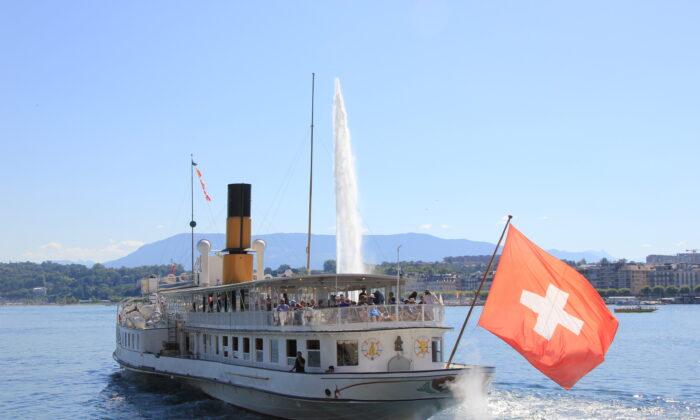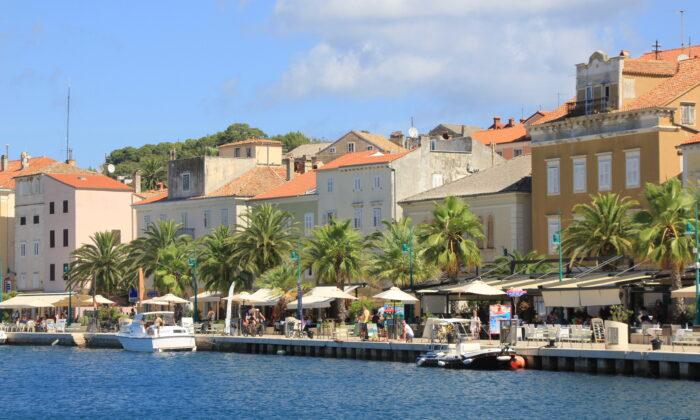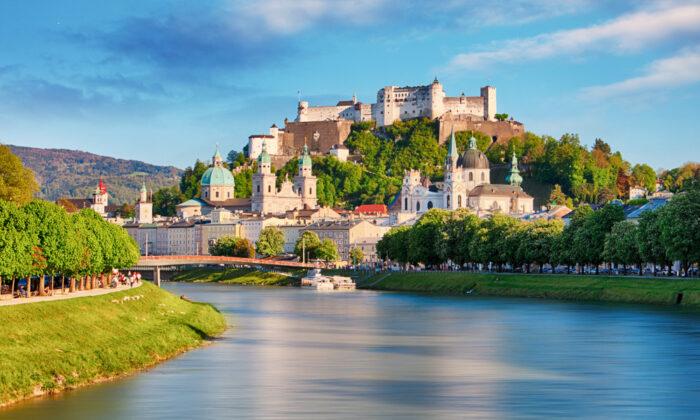When the speedboat reached the port of Isabela Island, the largest of the Galapagos Islands off Ecuador, an inner peace came over me.
As the captain slowly maneuvered the boat, I saw an endless white-sand beach with imposing palm trees and a few simple houses in the distance. A couple of penguins swam in the crystal clear waters, and when I stepped onto the wooden pier, my eyes were glued to playful sea lions chasing each other.
I couldn’t help it—I fell in love with the place immediately.
During my transfer in an old jeep to the basic but lovely San Vicente Hotel in Puerto Villamil, I noticed the lack of high-rise buildings, outdoor advertising, fast food chains, or traffic noise. The unpaved roads have a speed limit of just 70 km/h, and I was told that the majority of the island’s 1,800 citizens don’t own cars as importing them from mainland Ecuador costs a small fortune and fuel is hard to come by.

Pink Flamingos, Sierra Negra
My first excursion took me to the south of the island in the hope of seeing pink flamingos. One of the things that makes the Galapagos Islands so special is its abundance of wildlife. The animals roam free and visitors never really know for sure what they will see on any given day. But we were lucky; when the sun was setting, a small group of flamingos could be seen feeding in the brackish waters.
“Isabela Island used to be home to around 10,000 flamingos,” explained our guide Caroline Marmion. “But then El Niño hit, and now we only have about 750 left.”
The next morning we set off to explore the Sierra Negra, the second largest volcanic caldera in the world (after Yellowstone National Park). Unfortunately, it was a moist and foggy day, and we only managed to get a few glimpses of the bush- and shrub-covered bottom of the caldera, while the other side, some 9.5 km away, remained invisible.
We wandered through a surreal lava landscape, pock-marked with thermal vents and fumarals. Periodically the lava flow and tunnels were clearly visible, and we were told that the last eruption of the Sierra Negra occurred in October 2005 and lasted eight days. Here and there the black rocks were interrupted by yellow and red sulfur sediment.

Sea lion Encounter
Back at the hotel we ditched our muddy boots and rain jackets and got changed into summer gear. Late afternoon stop: Las Tintoreras. The small bay of completely tranquil turquoise water provides habitat for sea lions, sea turtles, marine iguanas, rays, and other species, and I was looking forward to getting up close with nature once more.
But first, there was a problem to tackle: we had to get past two massive sea lions that were basking in the sun, blocking the way to the pier, with no intention whatsoever of moving.
“I need everyone to slowly step over the sea lion on the right hand side, as calmly as possible,” advised our guide Pablo Gordillo. This was getting a lot closer with wildlife than I had anticipated, but the sea lions seemed asleep and harmless.
One by one we slipped past the animals without disturbing them, until one of the last passengers started taking photos. A loud grunt came from one of the sea lions and, realizing he wasn’t welcome, the man rushed to step over on the left side—the wrong side. The sea lion on the right suddenly shot up and bit him in the leg. Luckily though, not much harm was done.

Wildlife Galore
Guided by Pablo, we circumnavigated the island in just under an hour and saw wildlife in abundance. As on most of the other Galapagos Islands, marine iguanas can be seen in the hundreds. A white heron stood in an inlet, and we also spotted three tortoises. A couple of white-finned sharks were sunbathing in a small water channel.
On the return journey we stopped at the local “swimming pool.” Concha de Perla is a calm, shallow bay in walking distance of Puerto Villamil. While my fellow travellers swam and snorkeled alongside tropical fish, I talked to Pablo about life on the island.
“I was born here, then lived on mainland Ecuador for a few years. But I came back because I realized I didn’t want to live anywhere else,” he said. To restrict immigration, only residents who were born on Isabela Island, are married to a local, or have a sponsor for work are allowed to stay. The same rules apply to both Ecuadorians and foreigners.
On my last evening, I sat on the beach and watched the sunset. Even though I had spent less than 48 hours on Isabela Island, I didn’t want to leave. While digging my feet in the fine white sand, I thought about coming back. The island had gotten under my skin, but I understood that if everyone who had fallen in love with Isabela were to return to live here, there would be no paradise left.
Still, I had read about a number of volunteering projects on the Galapagos. Maybe I'll come back to these shores again…




Wibke Carter is a world traveller who hails from Germany, has lived in New Zealand and New York, and presently enjoys life in London.




